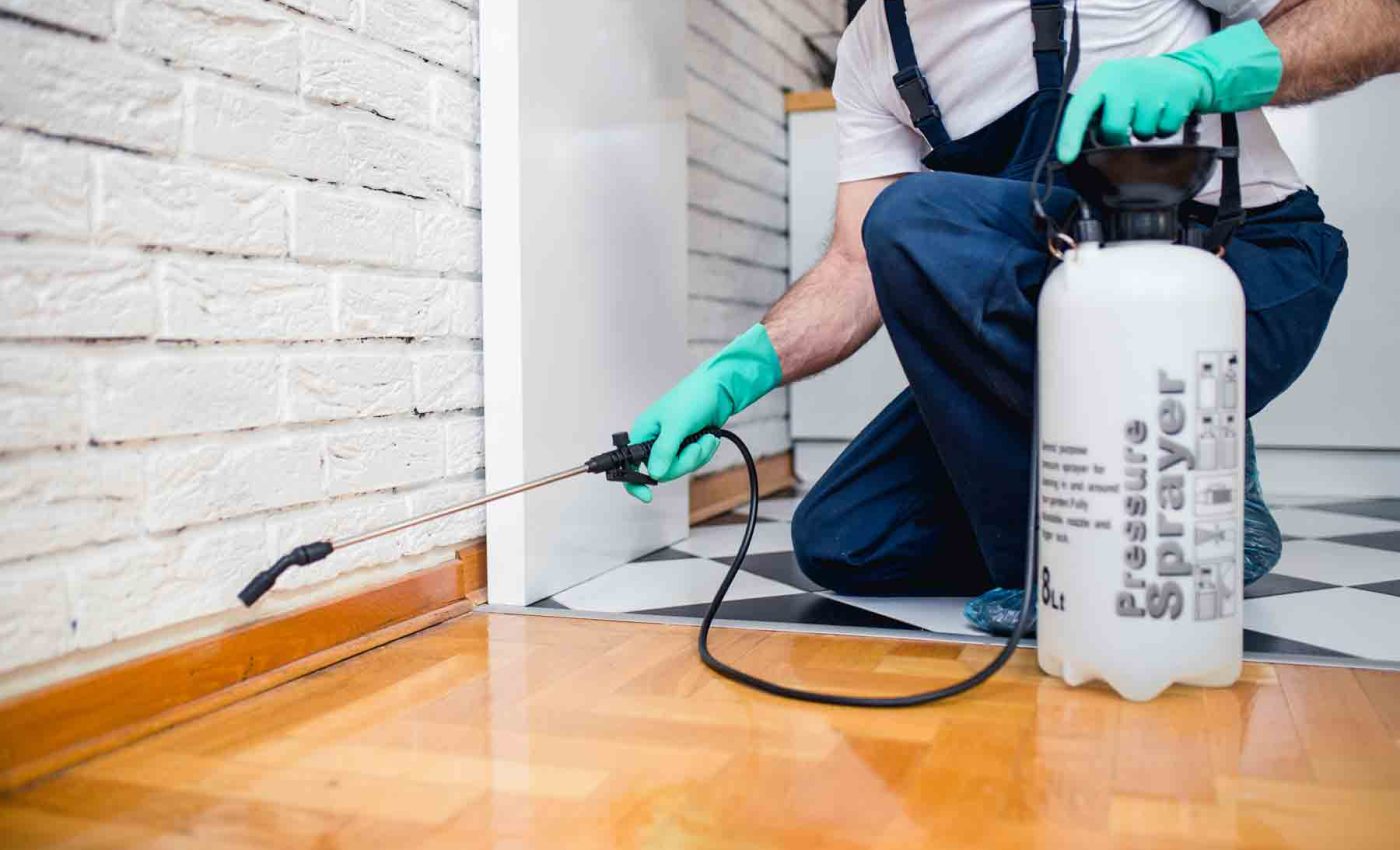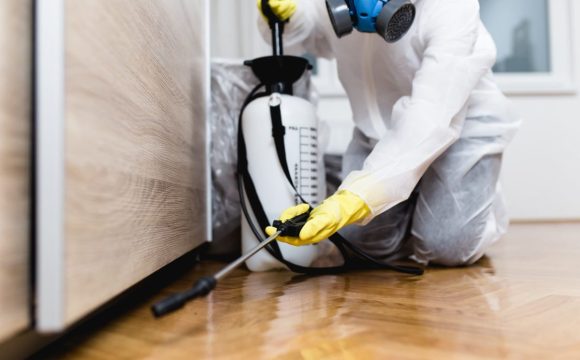Our lakes, rivers, and waterfronts are beautiful and important natural resources, providing us with a source of relaxation, recreation, and even livelihood. However, they can also be delicate ecosystems that require careful protection and conservation. Unfortunately, pests can pose a significant threat to these bodies of water and the surrounding areas.
Pests like mosquitoes can breed in stagnant water and spread diseases such as West Nile virus or Malaria. Aquatic plants like Eurasian Milfoil can quickly overgrow and choke out native species of plants and animals. Invasive species like Zebra Mussels can have devastating effects on the local ecosystem by disrupting the food chain or damaging infrastructure.
The use of pesticides is one approach to controlling pests in lakes, rivers, and waterfronts. However, this method can also cause harm to non-target species such as fish or birds if not used properly. In addition, chemicals from pesticides may enter the water supply or accumulate in aquatic life over time.
Thankfully, there are alternative methods for safe pest control in these areas that are both effective for pest management while also being environmentally sustainable.
One approach is biological control – using natural enemies of pests to control their populations. For example, introducing certain types of fish into https://twitter.com/safepestcontrol lakes or rivers have been proven effective in controlling mosquito larvae without causing any harm to other aquatic life.
Another method is through habitat modification. By altering conditions that support pest growth – such as removing standing water where mosquitoes breed – we can effectively reduce their populations without using harmful chemicals.
The use of traps is another safe option for controlling pests near lakes or ponds. These traps catch targeted pests without harming other animals or polluting the environment with harmful chemicals.
Additionally, we must recognize the importance of prevention when it comes to managing pests in our surrounding waterscapes. Simple measures such as proper waste disposal (keeping trash containers sealed), eliminating standing water around homes (where insects breed) help decrease potential breeding grounds for common pests.
Furthermore, it is crucial to educate the public about the risks of using chemicals in or around water bodies and promote environmentally friendly methods of pest control. Regular monitoring and communication with local communities can also help identify any potential pest issues before they become a larger problem.
In conclusion, safe pest control for lakes, rivers, and waterfronts is essential for protecting these vital natural resources while also maintaining a healthy balance in their delicate ecosystems. By using alternative methods such as biological control, habitat modification, and prevention strategies, we can effectively manage pest populations without harming the environment. It is our responsibility to take care of our waterscapes so that we can continue to enjoy them for generations to come.








